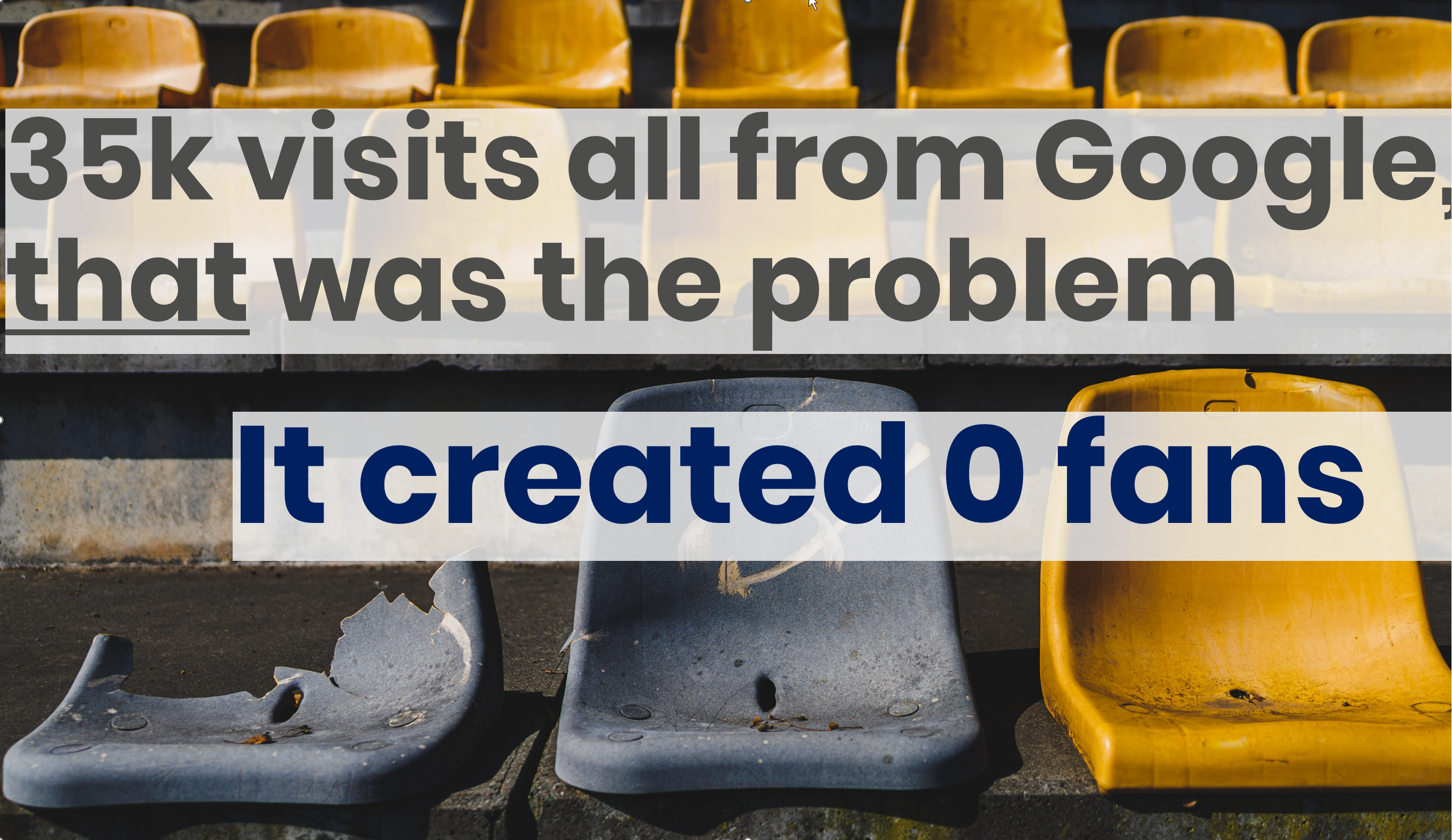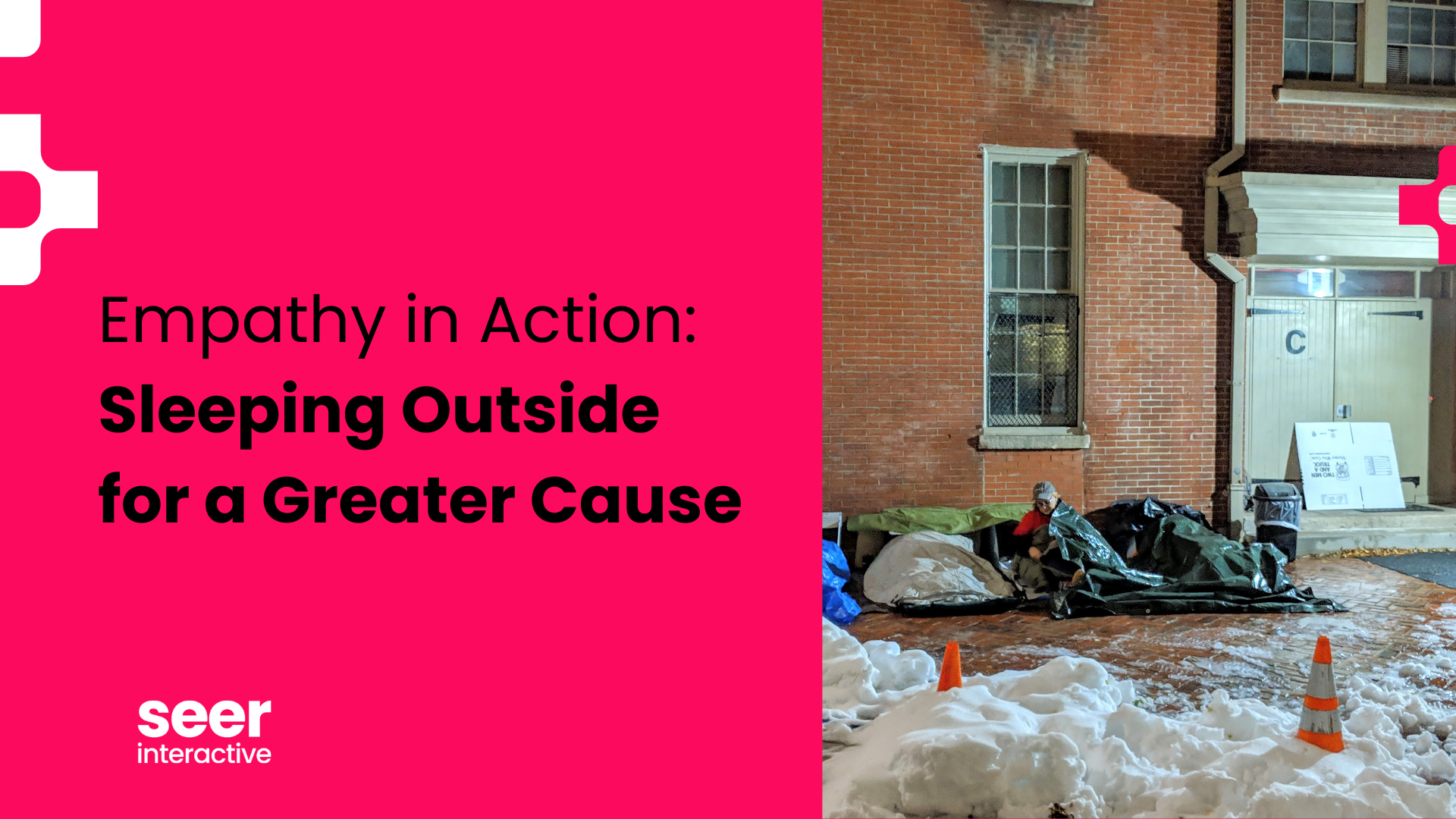Watch the Video:

Read the Transcript:
Here's the bet that we're making for our future and we hope you'll come along with us.
We believe that we should see it as our job to better match your customer's needs at that moment with a landing page that can answer their question well.
We believe that it's our job to save you money so that you can get one click, answer that person's question, and move them through the funnel -- not have them click on ad after ad after ad draining your account.
We believe that if we can get your customers through the funnel faster by getting them the answer they want, then that is a good thing for your business, more customers faster.
Lastly, we believe that anytime your brand can be associated with answering someone's questions and removing friction in the process, that we help you to win in the minds and wallets of your customers.
Now that's all the fluffy part. Let me go show you how it actually works inside of Power BI for our team members every single day. Let's go!
Ex. Hands-On in Power BI
As much as Search Marketing BI is about going from the macro into the micro and looking at each individual search term and how much it costs (and sometimes where we can save you money and where we can grow the business) -- let's take a step back and remember that every search is a person looking for an answer.
So shouldn't we also be concerned about how we can use all this data that we have to create better and more profitable customer experiences?
Because as you and I know, when people search for something and don't find what they want, they don't stop clicking. They keep clicking over and over and over again. And sometimes you might be getting multiple clicks on your ads because you didn't answer the customer's question right on the first click.
If you are responsible for a call center, would you ever accept your reps only answering 60% of calls?
I didn't think so.
Why Land All Customers on a Single Landing Page if They All Have Different Intent?
So why would we allow our landing pages to miss out time and time again, or the customer's actual intent? Because as far as we know, there's no tool inside of Google that tells you how many unique search terms matched to your individual landing page.
So what we run is we can look at any URL for any client and notice how quickly that ran. I'm able to say, "Hey, this one client spent $1.8 million on 16,289 unique keywords". They are all listed here.
Certain things that are standing out to me already:
I can see words like “best” and “cheap” in this result alongside other words that don't include those. What that tells me is there's a couple of different intents for customers getting to this page. But our page doesn't really talk about our lower priced options.
So by having this data at our fingertips, we are able to take the 16K+ queries and go, wait, we're spending $1.8 million on these words -- can we invest [a portion of that] into building out a bunch of separate landing pages to break these 16K+ keywords into smaller groupings? That way we can talk to those customers more in their language, making them more likely to convert quicker with less research and to become profitable customers for you earlier.
And that's just one client.
But then the next day I can go to the next client. This client is in a completely different industry. As you can see, we’ve got 51,116 unique keywords going to one page and they spent almost $1.3 million on that. Now we've got to try to do something about that. We have a chance to help these customers find what they want when that first time they landed.
And for this client, I can see everything from people looking for “software” to “customer service, phone numbers” to all different types of things over the last 12 months -- all landing on this one page. That is a lot of different intents. So again, at $1.3 million, could we create five or six new landing pages, break these groups up, a competitive group versus a software group versus a tools group.
These could all be done differently so we can better speak our customer's language when they land on the page.
And then here's an example of high CPC clients. So this page only has 1,736 unique search terms, but there's almost $1 million dollars spent on those terms. And this is the kind of industry where people do a lot of research and comparing. I can see a lot of “best” words (which is more of a comparison query) and a lot of “cheap” words -- meaning customers who are more price sensitive.
But we’re landing everyone on one page that has both comparisons and pricing on it.
I'm also now seeing a bunch of “near me”, “wireless”, and “low cost” words showing up. This is a bunch of different intents.
Wouldn't it make sense for me to break those pages up to speak to how we're local to you for some folks, but then other folks who might have been price sensitive we're going to talk about how we can work with you on pricing, [and so on]?
We do not want to land all those customers, all those different intents to the same page.
By leveraging Search Marketing BI at Seer, the minute a client starts with us, we're able to instantly find where we're [over-indexing] on too many intents for one landing page. We can instantly sum up how much we are spending for those and help make a determination that,
Hey, if we're spending over $1 million dollars [sending people] to one landing page, we’ve probably got the budget to be able to make three or four or five new landing pages to get more of those people to convert, improve our quality scores and in turn improve total cost of acquisition.
And that's what we do [at Seer]!
Go Back: Part I: Are You Paying to Create Friction?



